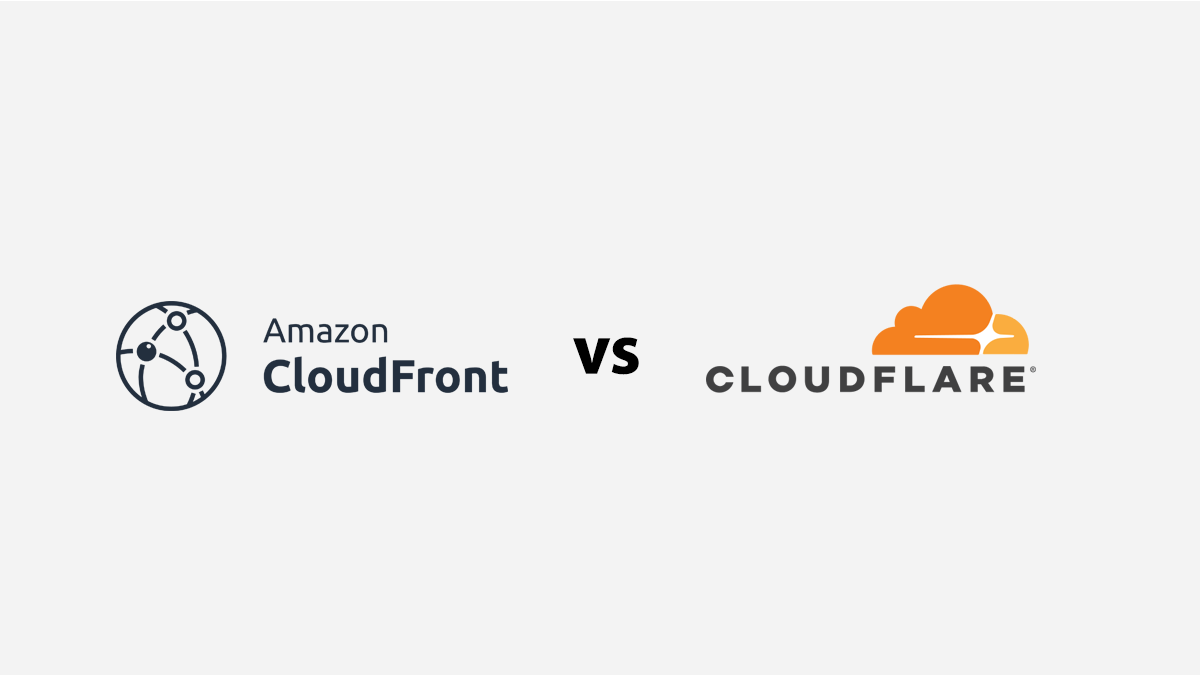
If your Website Audience lives in different parts aroud the world, they won't have the same user experience. The users closer to your server will have a better experience compared to those who are not. This makes it critical to use a Content Deliver Network to ensure every user gets a comparable experience.
Cloudflare and Amazon's Cloudfront are two of the biggest CDN Providers and they have an extensive network. While both are very reliable and offer exceptional performance, there are some differences that you should know before choosing one of them.
Importance of a CDN
In the digital age, the speed and reliability of content delivery are paramount. This is where Content Delivery Networks (CDNs) come into play.
CDNs are a network of servers distributed across the globe, designed to deliver web content to users more quickly and efficiently.
They work by storing a cached version of your website on multiple servers, and when a user requests to view your site, the CDN delivers the content from the server closest to them.
This reduces the distance the data has to travel, resulting in faster load times and a better user experience.
CDNs are not just about speed; they also enhance security. They can defend against Distributed Denial of Service (DDoS) attacks, which aim to overwhelm a site with traffic and cause it to crash.
By distributing the traffic across many servers, CDNs can absorb these attacks more effectively. Additionally, CDNs can provide SSL certificates, further enhancing the security of data transmission.
In essence, a CDN is a crucial tool for any website owner. It improves site speed, enhances security, and provides a better user experience, which can lead to higher visitor retention and conversion rates.
Comparison of Features
When it comes to selecting a CDN, two names often come up: Cloudflare and Amazon CloudFront. Both are robust and reliable CDN services, but they have distinct features that may make one more suitable for your needs than the other.
Cloudflare is renowned for its focus on security and performance. It offers CDN services, DDoS protection, and a web application firewall (WAF). Cloudflare acts as a proxy between the user and the server, which allows it to provide additional security features. It also offers SSL certificates, but these must be obtained directly from Cloudflare.
On the other hand, Amazon CloudFront is a part of Amazon's vast AWS ecosystem. It is primarily a CDN service, but it integrates seamlessly with other AWS services. CloudFront delivers content directly from the server to the user, which can result in faster speeds. It also offers SSL certificates, which can be obtained from Amazon's Certificate Manager (ACM).
CloudFront and Cloudflare also differ in their caching strategies. Cloudflare caches content on its servers as close to end-users as possible, while CloudFront uses AWS S3 buckets to store cached files closer to end-users.
5 Reasons to Choose Cloudflare
Security: Cloudflare offers robust security features, including DDoS protection and a web application firewall. If your website is a frequent target of attacks, Cloudflare's security features can be a significant advantage.
Ease of Setup: Cloudflare is known for its user-friendly setup process. You can establish a hosting plan on Cloudflare in just a few minutes, making it a great choice for those who prefer a straightforward setup.
Free Basic Services: Cloudflare offers a range of free services, including DNS, origin pull zones, and HTTP/2 support. This makes it a cost-effective choice for small businesses or startups.
Global CDN Network: Cloudflare boasts a large CDN network with over 200 data centers globally. This extensive network ensures that your content is delivered quickly to users around the world.
Flexible SSL Certificate Management: With Cloudflare, you can manage your SSL certificates directly through their platform. This can simplify the process of securing your website.
5 Reasons to Choose Cloudfront
Integration with AWS: If you're already using AWS for your web services, CloudFront can integrate seamlessly with your existing setup. This can simplify your workflow and make managing your services more efficient.
Performance: CloudFront is known for its speed and performance. It delivers content directly from the server to the user, which can result in faster load times.
Customizable Caching: CloudFront offers more control over caching settings compared to Cloudflare. You can customize the time-to-live (TTL) for your files, allowing you to manage how long your content is stored in the cache.
Detailed Analytics: CloudFront provides detailed analytics about your traffic, including data transfer out (DTO) and request counts. This can help you better understand your audience and optimize your content delivery.
Cost-Effective for Large Scale Operations: For large-scale operations, CloudFront can be more cost-effective. Its pricing model is based on the amount of data transferred, which can be more affordable for websites with high traffic volumes.
Performance Comparison
When it comes to performance, both Cloudflare and CloudFront offer fast and reliable content delivery. However, there are some differences in their performance due to their distinct architectures and caching strategies.
Cloudflare's performance is bolstered by its extensive network of data centers, which allows it to cache content close to end-users. This can result in faster load times, especially for static content. Additionally, Cloudflare's Argo Smart Routing feature can further improve performance by routing traffic through the fastest paths on the internet.
On the other hand, CloudFront leverages the power of the AWS infrastructure. It uses AWS S3 buckets to store cached files, which can provide faster delivery for dynamic content. Furthermore, CloudFront's integration with other AWS services can enhance performance for websites that use these services.
In terms of raw speed, both CDNs are comparable, and the difference in performance may not be noticeable to the end-user. However, the choice between Cloudflare and CloudFront may depend more on your specific needs, such as the type of content you deliver, your security requirements, and your budget.
Conclusion
In conclusion, both Cloudflare and CloudFront are powerful CDN services that can enhance your website's performance and security. The choice between the two often comes down to your specific needs and circumstances.
If you prioritize security features and want a user-friendly setup, Cloudflare may be the better choice. Its robust security features and global CDN network make it a strong contender in the CDN market.
On the other hand, if you're already using AWS services or need more control over your caching settings, CloudFront could be the more suitable option. Its seamless integration with AWS and customizable caching make it a flexible and powerful CDN solution.
You can also check out our comparison of KeyCDN and BunnyCDN. Ultimately, the best CDN for you will depend on your unique requirements. By understanding the features and benefits of each CDN, you can make an informed decision that best supports your website's performance and growth.

